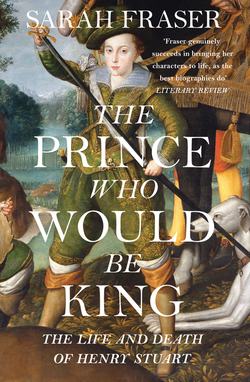Читать книгу The Prince Who Would Be King: The Life and Death of Henry Stuart - Sarah Fraser, Sarah Fraser - Страница 9
CONVENTIONS AND STYLE
ОглавлениеSpelling and punctuation, unstable in this period, are modernised to assist comprehension, and to prevent interruption of the narrative by lexical curiosities that might catch the eye and distract from the narrative flow. Even James VI and I revised his Basilikon Doron for publication to ease readability.
Contractions are expanded (thus mistie becomes Majesty). The spelling of proper names has been standardised. For example, Henry also spelled his name ‘Henrie’, but I have opted here for Henry. Individuals born with several titles, or those who changed name on receipt of them, can be a particular problem for the biographer writing for a non-specialist audience. Cecil was not the monolith ‘Salisbury’ when James VI negotiated in treasonable secrecy with Secretary Robert Cecil to inherit Elizabeth’s thrones. I note in media res when an important change has taken place and from then on, I use the new name. With regard to place names, ‘Great Britain’ as a term for the multiple Stuart territories is a bit of an anachronism, but I use it as it is so apposite. Place names are modernised and standardised (thus Finchingbrooke becomes Hinchingbrooke).
For dates, the year begins on 1 January not 25 March (as it did on this side of the Channel).
British currency was in pounds, shillings and pence: £ s. d. One English pound was worth £12 Scots. To understand what a particular amount would represent today you can add two zeros to the figure, to get a rough approximation.
